
Alibaba is adapting facial recognition tech to address China’s swine shortage
Chinese tech companies are using sophisticated facial recognition technology to monitor pigs, but farmers aren’t convinced.
Published:
Updated:
Related Articles
-

-

Furby or foe? How a ‘90s toy panic relates to today
-

The government vs. AI deepfakes
-

Can AI predict your death?
-
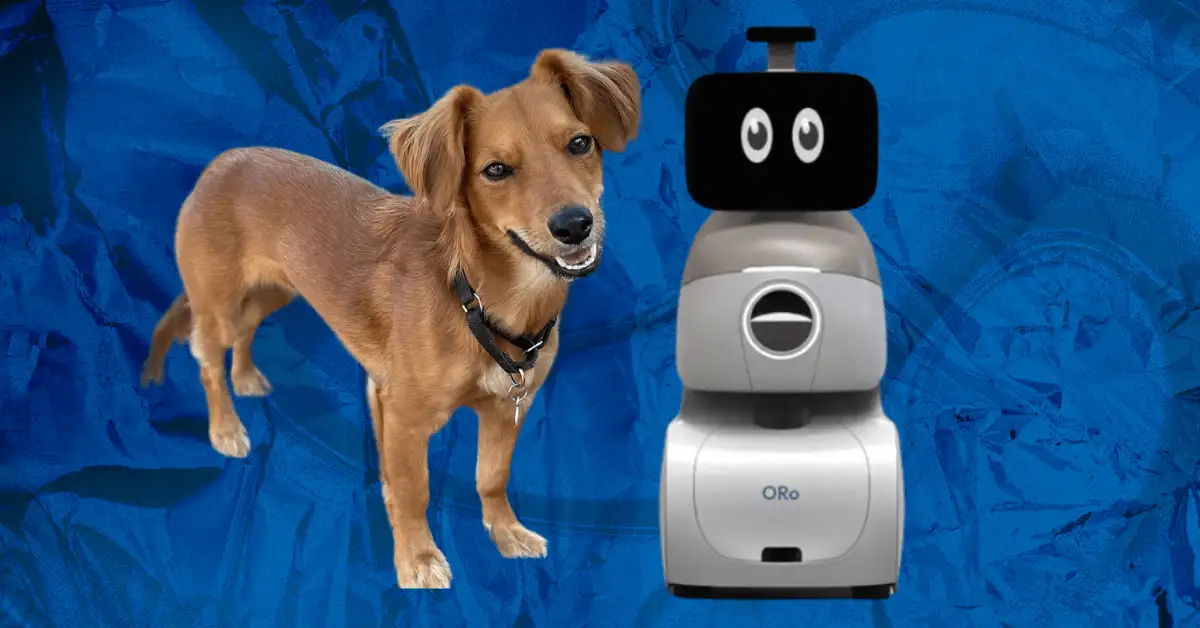
New AI-powered tech is for the dogs (literally)
-
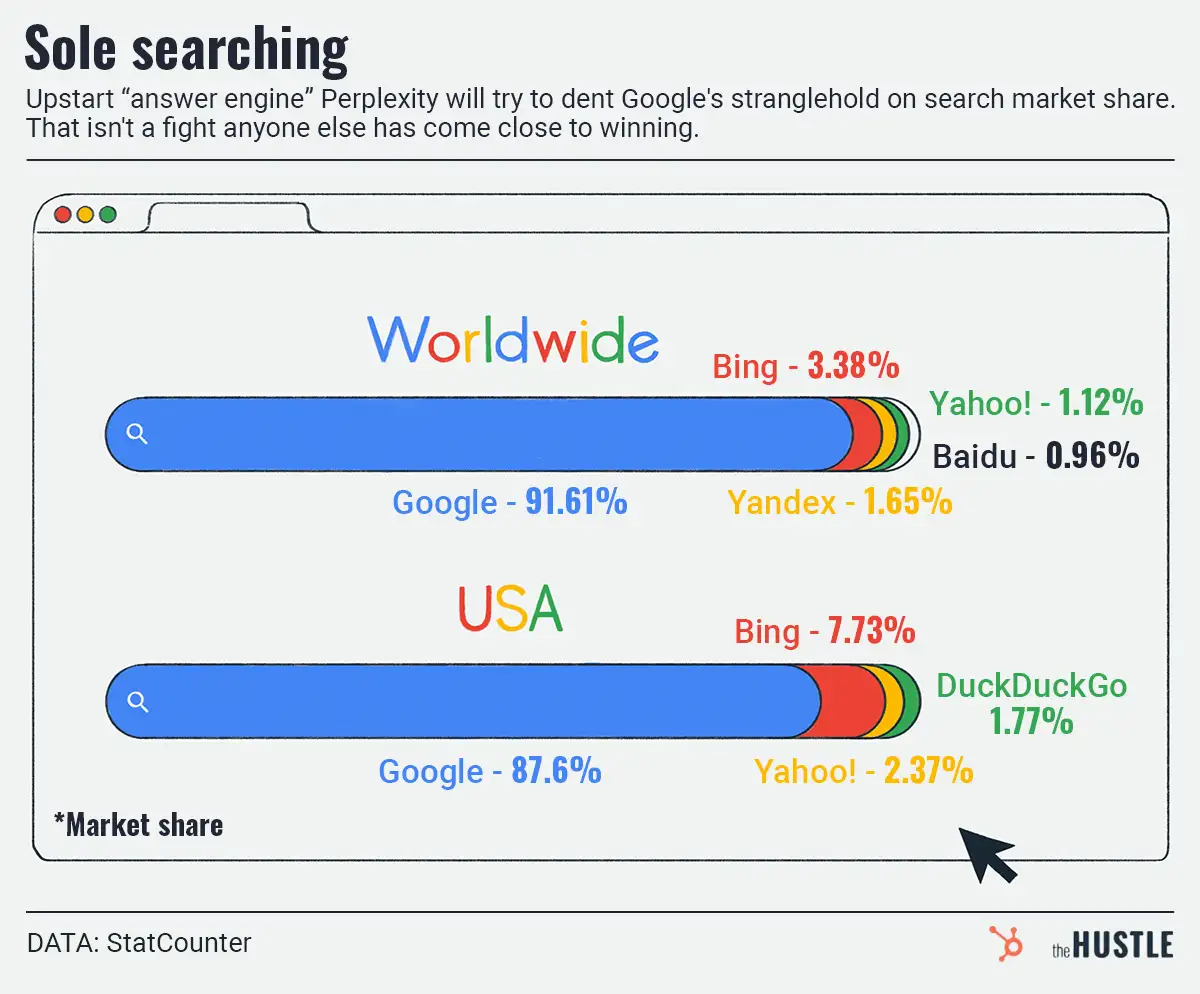
Could a Bezos-backed search startup kick Google’s crown off?
-
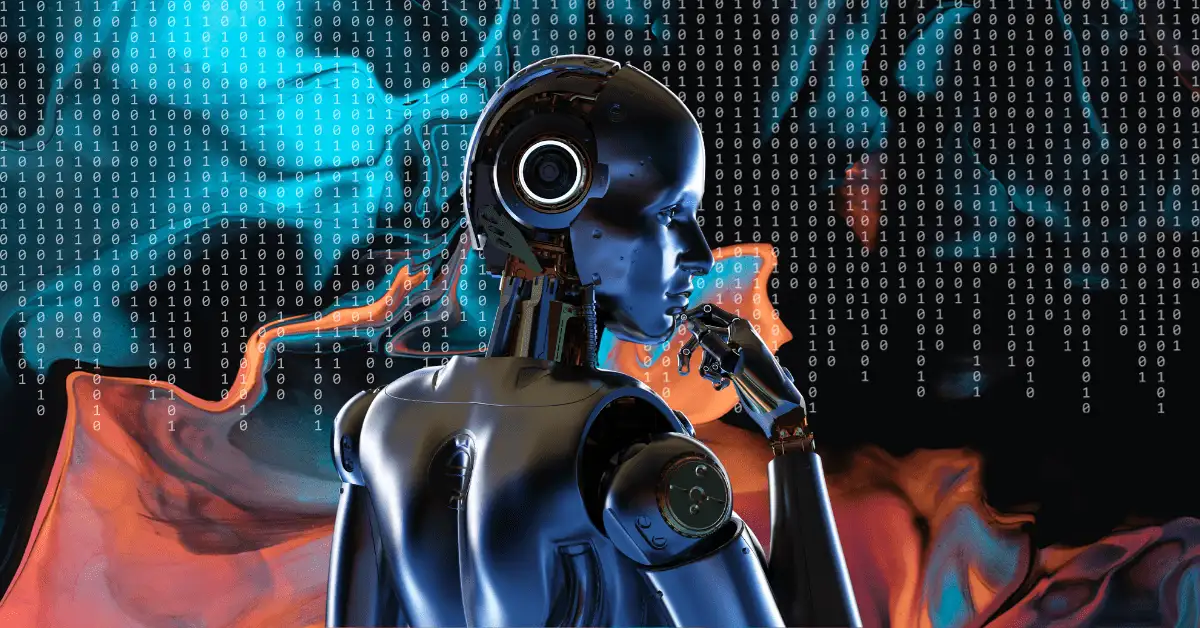
AI, the story of the year, told in numbers
-
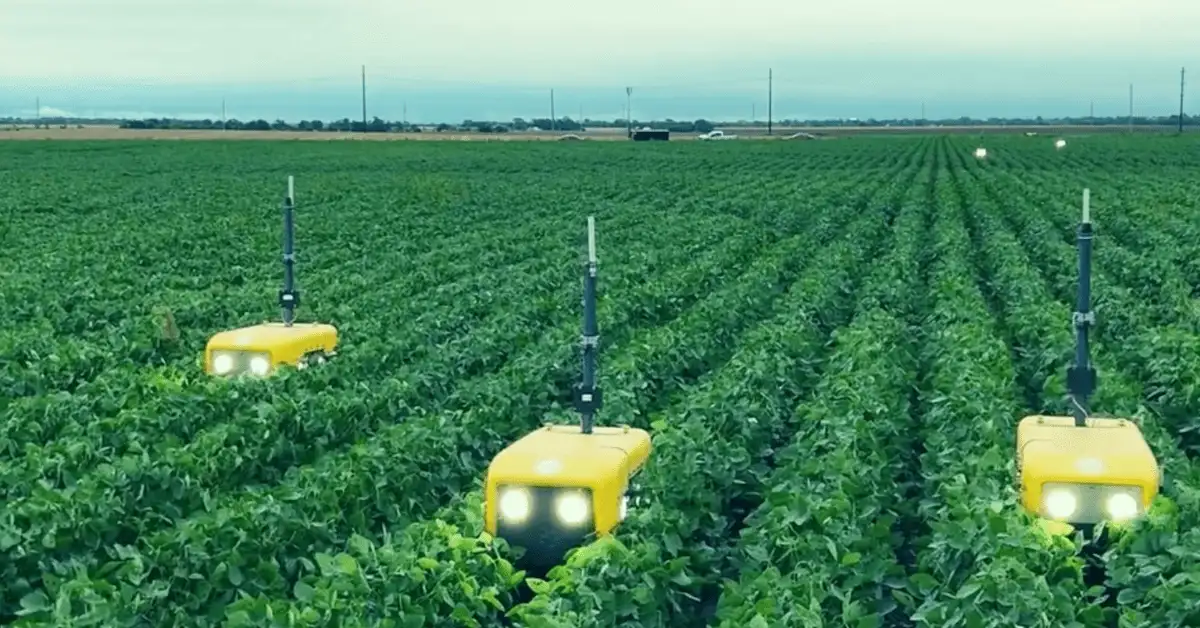
Chipotle’s love of robots continues with autonomous farming
-
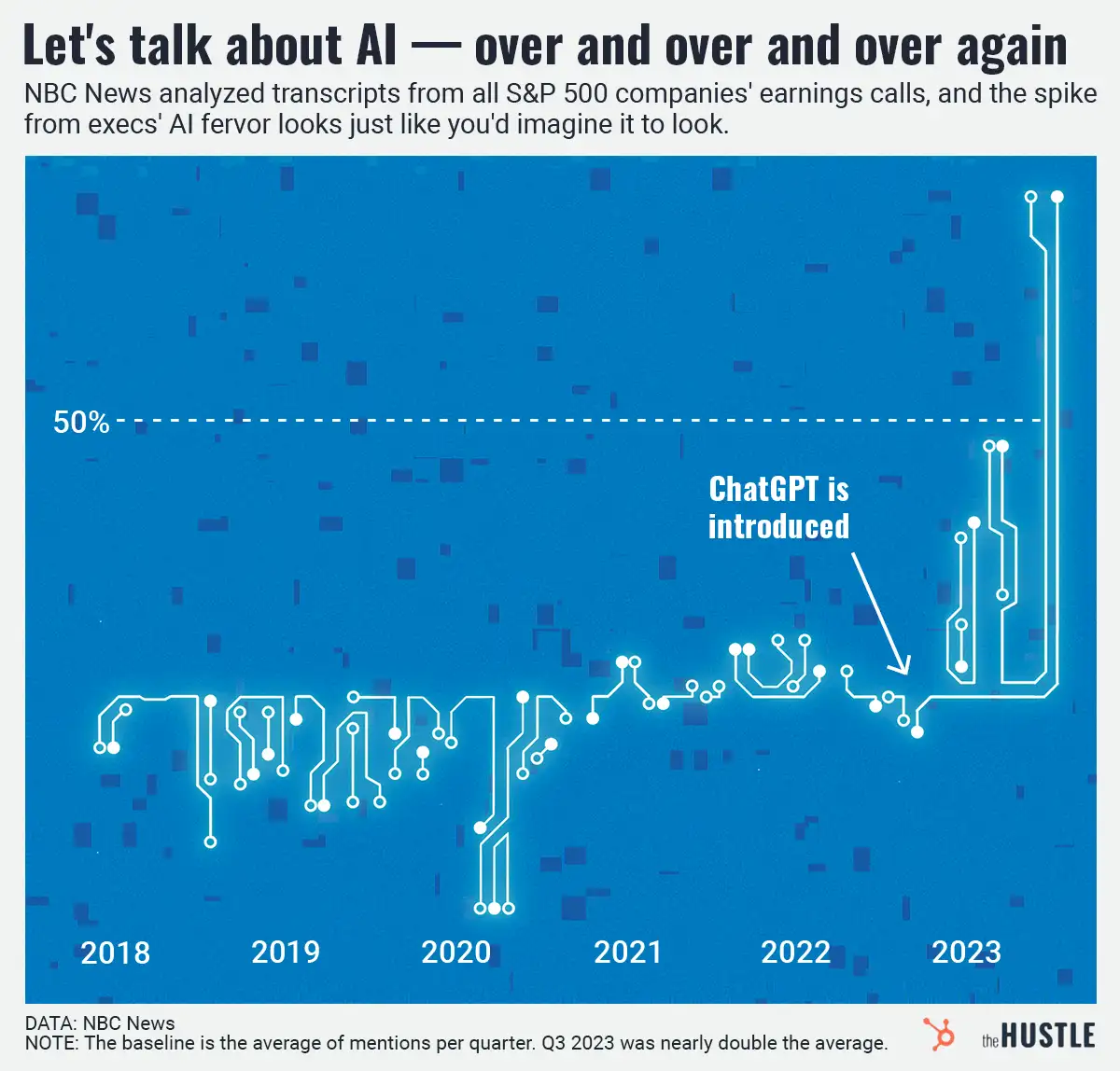
Talking about AI? Lots of fun. Actually using it? Sure, yeah, eventually
-

ChatGPT was 2023’s fastest-growing brand

